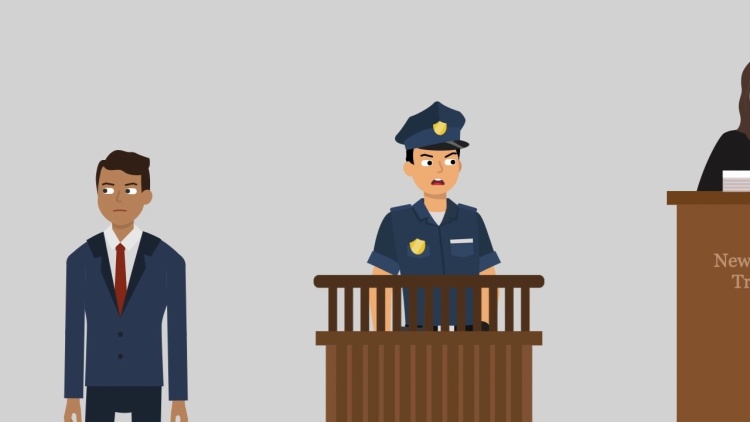Hemphill v. New York
United States Supreme Court
595 U.S. 140, 142 S. Ct. 681 (2022)
- Written by Angela Patrick, JD
Facts
During a street fight, a nine-millimeter bullet killed a toddler in a nearby minivan. Eyewitnesses said the shooter was wearing a blue sweater or sweatshirt. Nicholas Morris was one of the fighters. Three eyewitnesses selected Morris as the shooter from a police lineup. In Morris’s home, police found a single nine-millimeter cartridge and multiple .357 cartridges on a nightstand. Police also found a blue sweater in the home of another fighter, Ronnell Gilliam. Initially, Gilliam claimed that Morris was the shooter. Gilliam later changed his story and claimed that his cousin Darrell Hemphill (defendant) was the real shooter. However, Morris was still indicted for the toddler’s murder. Ultimately, the murder charge against Morris was dismissed. In exchange, Morris pled guilty to a single charge of criminal possession of a .357 revolver. Five years later, the police learned that DNA on the blue sweater belonged to Hemphill. Hemphill was charged with the toddler’s murder. At trial, Hemphill’s defense was that Morris was the shooter. An officer testified about the cartridges found on Morris’s nightstand. However, Morris was out of the country and unavailable to testify. The prosecution asked to present a transcript of Morris’s plea hearing to argue that Morris had owned only a .357 revolver, which could not be the murder weapon, and that criminal possession of that revolver was Morris’s only crime. Hemphill objected that this hearsay evidence violated his Sixth Amendment right to confront Morris. The trial court found that Hemphill’s arguments had created a misleading impression about Morris. Under a state evidentiary rule, this misleading impression opened the door for the prosecution to present evidence clarifying and refuting Hemphill’s claims about Morris. Thus, the trial court allowed the transcript as evidence. Hemphill was convicted of murder. On appeal, Hemphill’s briefs primarily argued about the state evidentiary rule but also stated that the transcript had violated the Sixth Amendment’s Confrontation Clause. The state courts affirmed the conviction. The United States Supreme Court granted certiorari.
Rule of Law
Issue
Holding and Reasoning (Sotomayor, J.)
Concurrence (Alito, J.)
Dissent (Thomas, J.)
What to do next…
Here's why 899,000 law students have relied on our case briefs:
- Written by law professors and practitioners, not other law students. 47,000 briefs, keyed to 994 casebooks. Top-notch customer support.
- The right amount of information, includes the facts, issues, rule of law, holding and reasoning, and any concurrences and dissents.
- Access in your classes, works on your mobile and tablet. Massive library of related video lessons and high quality multiple-choice questions.
- Easy to use, uniform format for every case brief. Written in plain English, not in legalese. Our briefs summarize and simplify; they don’t just repeat the court’s language.








